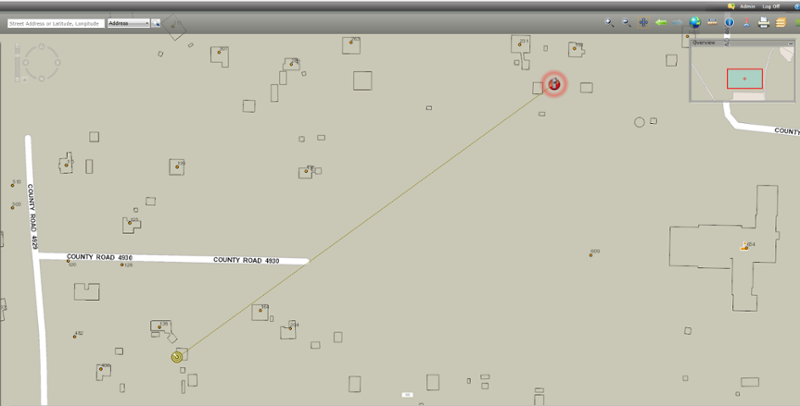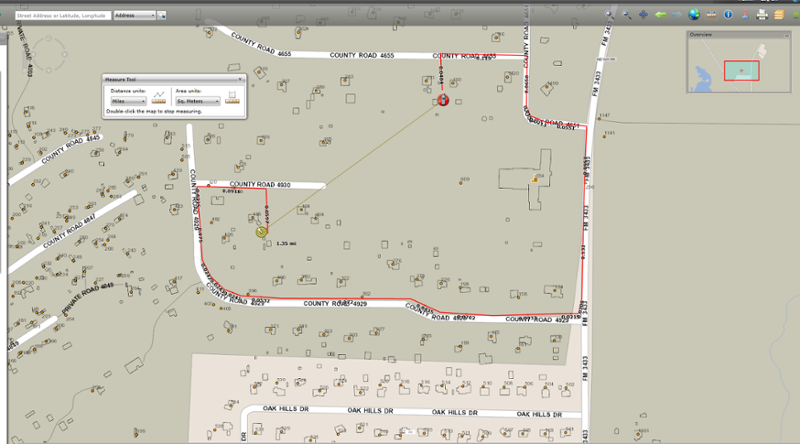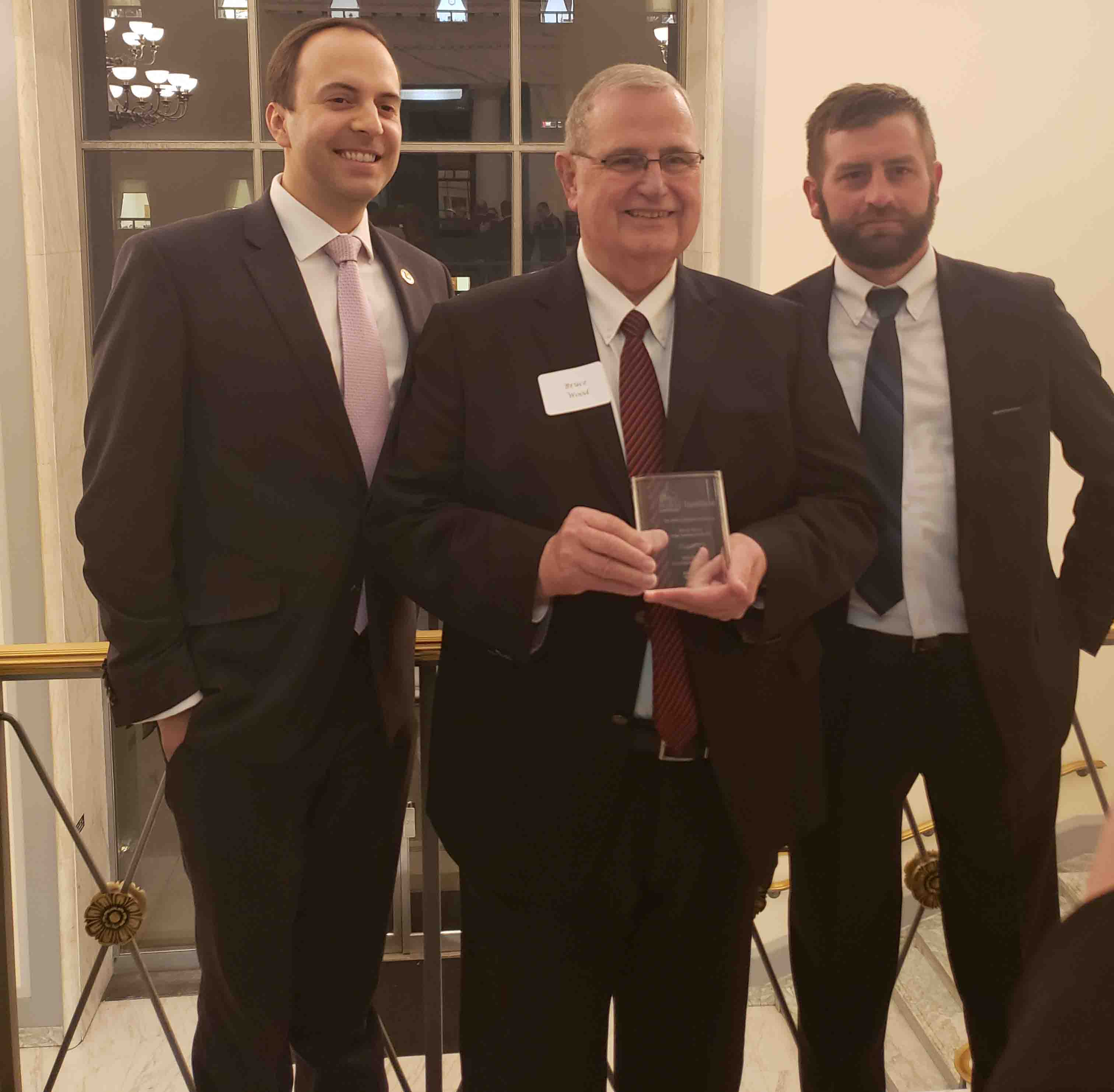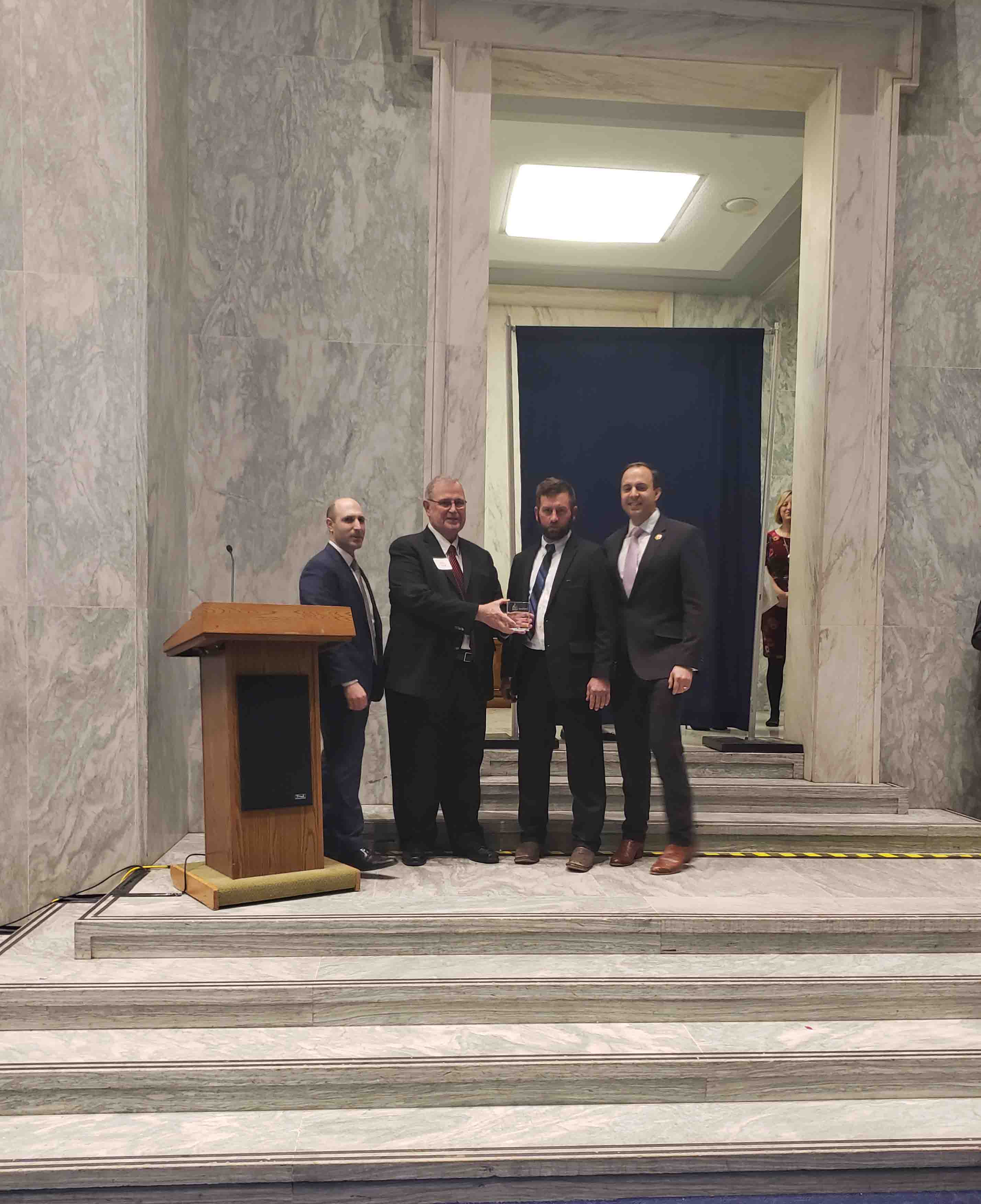How Does Your PSAP Handle Mental Health?
In a 2012 study by Northern Illinois University, 800 9-1-1 telecommunicators reported feelings of fear, helplessness, or horror during 32 percent of their 9-1-1 calls. These professionals face an enormous amount of stress and fatigue during long shifts, which can lead to burnout or PTSD. Though telecommunicators are not classified as first responders, this industry knows that they face similar mental health concerns as police, fire, and EMS personnel, and some 9-1-1 professionals are affected by specific types of trauma unique to their field.
It is up to call center leadership to help their telecommunicators handle the mental health concerns that come with the job. Mental health is no longer a taboo subject in our society, and PSAPs that aren’t talking about it are doing a disservice to their team. We’ve outlined a couple of ways supervisors and managers can start the conversation and help their telecommunicators be aware of their mental state so that they can continue to save lives every day.
Talk About It
Most industries have developed strategies to avoid burnout, depression, anxiety, and other mental issues that may affect their employees. The 9-1-1 industry can learn from these practices to create strategies that are personalized for their PSAP.
Agencies all over the country are addressing PTSD and other health concerns in peer-to-peer groups like this one in St. Joseph. These dispatchers created a safe way—handing off a poker chip—for coworkers to reach out when they’re in need of support. This allows individuals who may not feel comfortable starting the conversation get help from their peers. Consider creating a similar program at your PSAP, or invest in a mental health wellness check solution.
The most important thing PSAP leaders can do is allow conversations to happen without stigma. A 2017 survey of 2,000 first responders by the University of Phoenix found that 55% felt that their supervisor would treat them differently if they brought up mental health concerns at work. Though telecommunicators were not included in this sample, they face similar trauma to those surveyed.
Know the Signs
Dr. Michelle Lilly published the 2012 study regarding trauma in telecommunicators and stated in an interview by the Journal of Emergency Dispatch that PTSD looks the same in telecommunicators as it does in any other profession. Telecommunicators deal with the same symptoms of trauma as individuals who have been assaulted, in disasters, or in vehicle accidents, and Lilly says the rate of PTSD in telecommunicators is between 18-25%. It’s important for supervisors and managers to look for symptoms like:
- Unprovoked emotional outbursts
- Emotional detachment
- Sleep issues
- Flashbacks
- Feeling uneasy
- Hypervigilance
Telecommunicators may also suffer from vicarious trauma, or compassion fatigue. This unique phenomenon is often found in counselors or therapists who experience secondary trauma after listening to individuals who have experienced trauma. Due to their line of work, telecommunicators can also suffer from compassion fatigue, which can lead to symptoms like difficulty falling asleep, dreaming about their callers’ experiences, feeling trapped by their work, intrusive thoughts, and more.
Knowing the signs of mental illness means a supervisor can better help team members dealing with the symptoms. Though hypervigilance is the most common PTSD symptom for telecommunicators, it’s important to know them all so that no one slips through the cracks.
Look for Burnout
We’ve all heard of PTSD, depression, anxiety, and other common mental illnesses, but many individuals may be affected by something more common: burnout.
Burnout is a specific type of work-related stress that leads to physical and emotional exhaustion along with the feelings of a lack of accomplishment and underappreciation. It’s common in many fields. Common burnout symptoms include:
- Becoming critical or cynical at work
- Irritability with coworkers
- Difficulty concentrating
- Lack of satisfaction over achievements
- A change in sleep habits
PSAP leadership should look for burnout and offer support for individuals who may be dealing with these symptoms. Veterans are more likely to have low job satisfaction and a higher rate of trauma, which is an uneven exchange that can lead to a high turnover in a center.
Stay Positive
Lilly’s research found that many telecommunicators, both new hires and veterans, still believe in the “benevolence of the world.” This proves the importance of positivity in the 9-1-1 profession. Without a focus on the positive, and a support system to handle trauma and fatigue, telecommunicators couldn’t do this important job. Continue to encourage positivity in your center not only because it fosters a better work culture, but because without it your team wouldn’t be able to do the important, live-saving work they do every day.








